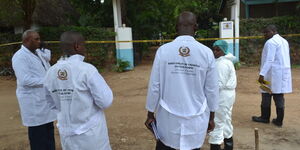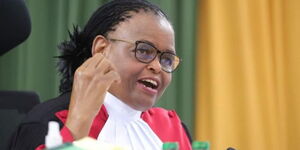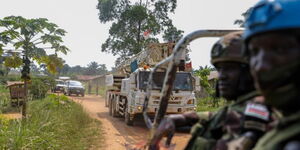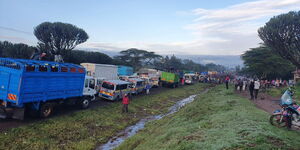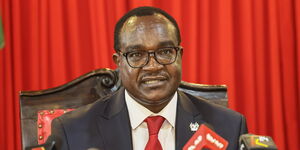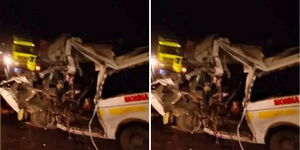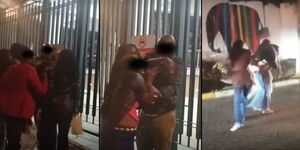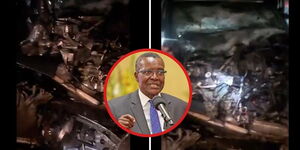After attaining Independence, Kenya was looking for development partners who would help in implementing free healthcare for all citizens among other government programmes.
Consequently, in 1964, then Vice President, the late Jaramogi Oginga Odinga, travelled to Russia, then known as the Union of Soviet Socialist Republics (USSR), to look for funds from President Nikita Khrushchev.
Out of Jaramogi's visit, Kenyan received funding estimated at Ksh140 million to build the New Nyanza Provincial General Hospital.
Additionally, Russian engineers oversaw the construction of the hospital which was famed for its unique design in line with the Soviet culture. For example, the ceiling boards of the hospital were placed high up.
Despite being named the New Nyanza Provincial General Hospital, the hospital was referred to as the Russia Hospital by the residents.
Upon completion in 1969, the late President Jomo Kenyatta was to officially launch the hospital. However, the event was marred with chaos as angry residents attacked Kenyatta's motorcade in protest of Tom Mboya's assassination which took place on July 5, 1969.
At the time, there was also tension between Kenyatta and Jaramogi as former Prime Minister Raila Odinga's father had resigned from his position as Vice President given their differences in ideology.
During the altercation between Kenyatta's security and the protestors, it is reported that over 11 people lost their lives with scores injured as the police moved to secure the President. Since then, the incident has famously been referred to as the Kisumu massacre.
Additionally, Jaramogi was put under house arrest as government operatives blamed the protests on him.
Kenyatta was also displeased by the incident that he never visited the city again during his tenure until his demise in 1978.
The government also failed to allocate adequate funds to the hospital in the following years which caused it to struggle in the provision of healthcare to residents of the Lake region.
Kenyatta's government move forced residents to seek medical help from other facilities as the state of the hospital deteriorated.
Nonetheless, the hospital was later revived during the reign of the late President Daniel Moi and especially during President Mwai Kibaki's administration.
In 2012, during the Grand Coalition government, the hospital's name was changed to Jaramogi Oginga Odinga Teaching and Referral Hospital to honour the role Jaramogi played in bringing the hospital to Kisumu.
Despite the changes in the naming, the hospital is still referred to as Russia hospital.

